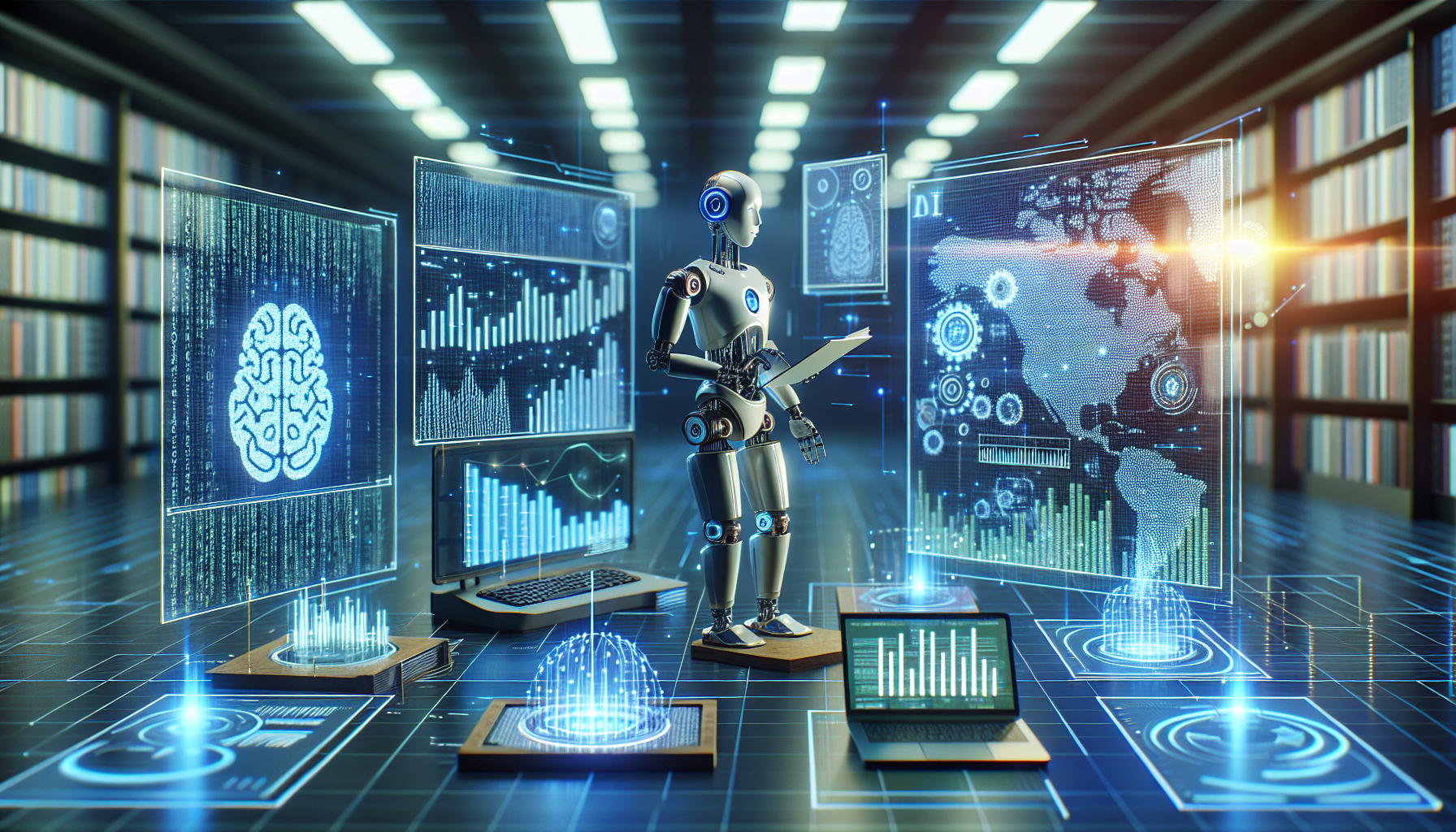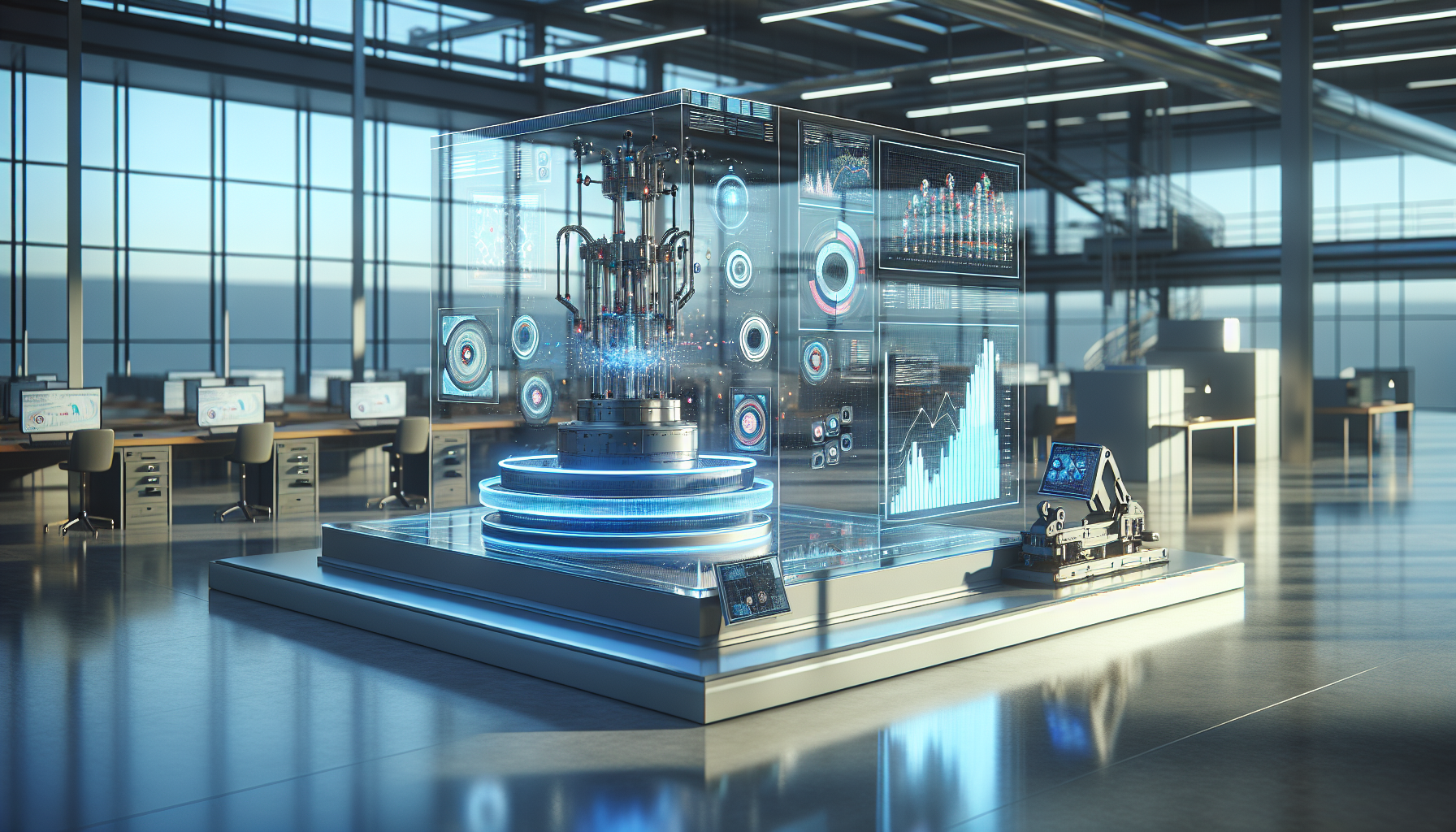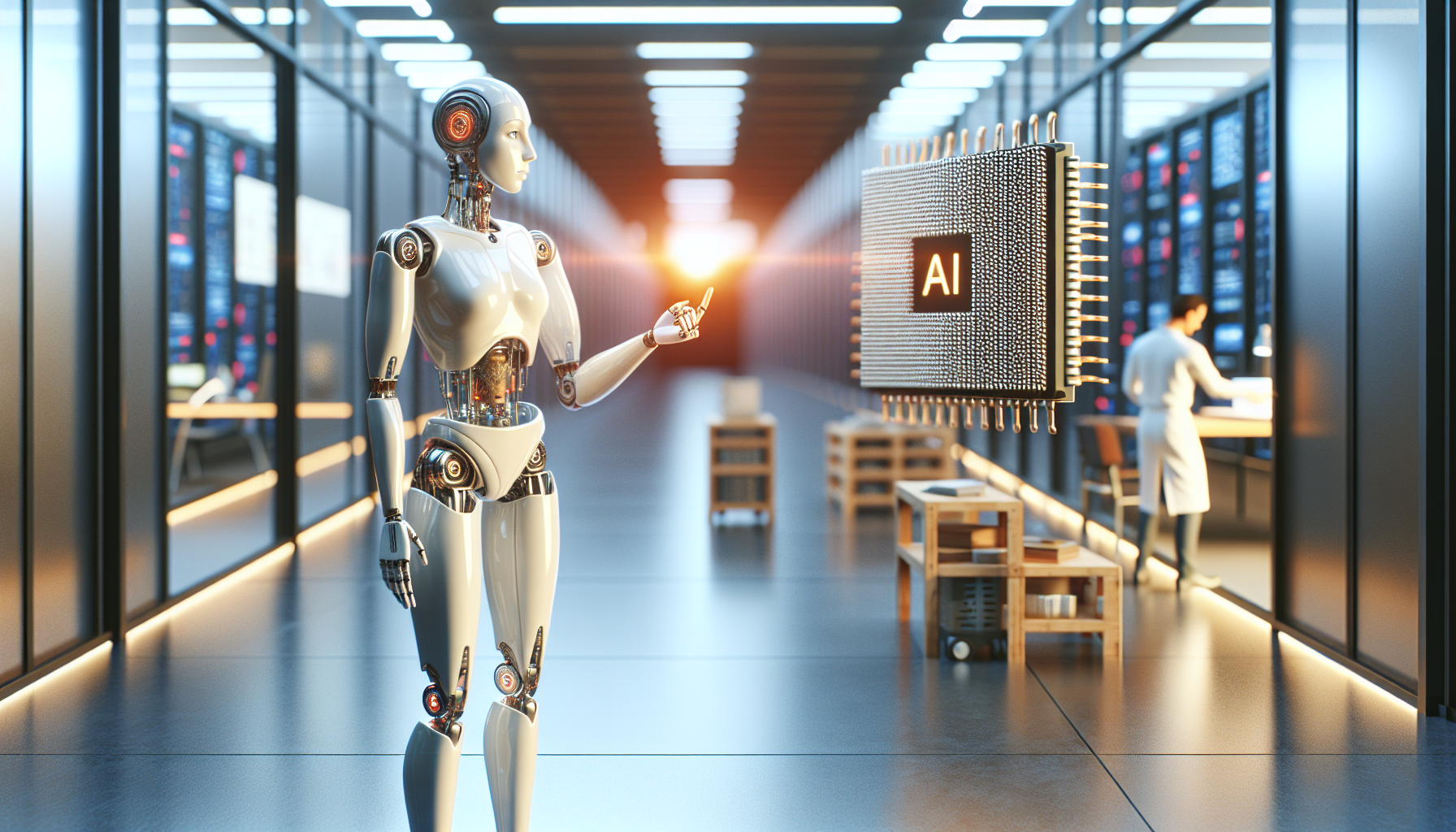
The Evolution of Artificial Intelligence: A How-to Guide for Understanding Its Journey from Concept to Reality
April 16, 2025
Artificial Intelligence (AI) is no longer a figment of science fiction. It has become an integral part of our daily lives, influencing everything from personal assistants to autonomous vehicles. Understanding the evolution of AI from a mere concept to a tangible reality is not only fascinating but essential for anyone looking to grasp its future potential.
To truly appreciate AI’s journey, we must start by examining its origins. The concept of artificial intelligence originates from the desire to create machines capable of mimicking human intelligence. While the idea was once confined to the realms of imagination and speculative fiction, it has since developed into a field marked by significant breakthroughs. These advancements have been driven by a combination of theoretical research, technological innovation, and a growing demand for intelligent systems.
The first step in understanding AI’s evolution is recognizing its theoretical foundation. Early pioneers in the field, often mathematicians and logicians, laid the groundwork by exploring the possibilities of machine learning and automated reasoning. These foundational theories were revolutionary at the time, setting the stage for future innovators to build upon.
As AI moved from theory to practice, one of the most significant milestones was the development of neural networks. These systems, inspired by the human brain’s structure, enable machines to learn from data, recognize patterns, and make decisions. Neural networks were initially met with skepticism, yet they have proven indispensable in the advancement of AI, particularly in complex tasks like image and speech recognition.
The rise of computational power played a crucial role in transforming AI from a theoretical endeavor into a practical tool. Advances in hardware, particularly the development of powerful GPUs, allowed for the processing of vast amounts of data at unprecedented speeds. This increase in computational ability empowered researchers to train more sophisticated models, leading to rapid improvements in AI’s capabilities.
Another key factor in AI’s evolution is the explosion of data. In today’s connected world, data is generated at an astonishing rate, providing AI systems with the material they need to learn and adapt. This abundance of data has enabled AI to become more accurate and reliable, making it an invaluable asset in industries ranging from healthcare to finance.
However, the journey from concept to reality hasn’t been without its challenges. Ethical considerations and the potential for misuse are significant concerns that must be addressed as AI continues to evolve. Ensuring that AI systems are developed responsibly and used ethically is a critical component of their successful integration into society.
To navigate these challenges, it is imperative to foster collaboration between technologists, policymakers, and ethicists. By working together, these stakeholders can establish guidelines and regulations that promote the positive development of AI while mitigating potential risks. This collaborative approach will ensure that AI serves humanity’s best interests, enhancing our lives rather than complicating them.
As AI becomes more sophisticated, its potential applications continue to expand. From aiding in medical diagnostics to revolutionizing transportation, the possibilities are nearly limitless. Yet, with these possibilities come new questions about the role of AI in our lives. How will it shape our future industries? What ethical frameworks will guide its development? These are questions that require thoughtful consideration as AI moves forward.
The story of AI’s evolution is not just about technology; it’s about envisioning a future where machines and humans coexist harmoniously. Understanding this journey is crucial for anyone who wants to play a part in shaping that future. By recognizing the milestones and challenges that have brought AI to its current state, we can better anticipate the directions it might take and how we might influence its trajectory.
As we look to the future, we should ask ourselves: How can we harness the power of artificial intelligence to create a world that reflects our highest values and aspirations? This question invites us to explore the potential of AI not just as a tool, but as a partner in the ongoing adventure of human progress.


